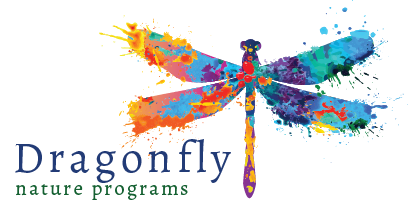Teaching children about the natural world should be treated as one of the most important events in their lives. -Thomas Berry
Our Citizen Naturalists after school program takes part in a citizen science project each semester. This fall, my group and I are collecting data for Project Squirrel which I found on Sci Starter. The project calls on citizen scientists of all ages to “help us (scientists) better understand the ecology of our neighborhoods” by observing squirrels near offices, in neighborhoods, parks and school campuses and report findings online. In addition to counting the number of squirrels we see, we also record the types of trees that the squirrels are spotted by and the presence or absence of predators and food sources. Participants can complete an online form found on the project’s website, or download the Project Squirrel app on their Android or iOS phones, but for our Citizen Naturalists group, we created a print out form for our students to record their data in real time.*
I thought this project would be a great way to introduce our young naturalists to collecting and recording data for a few reasons. First, squirrels can be found in most backyards, parks, and school campuses in the Triangle. We have several species of squirrels here in NC, but our most abundant in this area is the Eastern Gray Squirrel. Second, this is a quick, relatively easy survey that is perfect for our students as beginner naturalists. I especially liked how the study asks participants to provide more details about the surrounding environment. This led to our students needing to observe the tree where we spotted the one squirrel we found on the day of our study. Yes, that’s right, we saw a grand total of ONE squirrel; on a campus that is usually bustling with squirrels! It should be noted that not seeing squirrels where they are expected to be found is still relevant to the study. So low count days or no count days should still be reported.
So our efforts weren’t for nothing. As we had recently studied trees, we could identify that our subject was climbing an ash tree. We made observations and recorded the data. We sat in silence for a bit to listen for squirrel calls. I asked the students if they had any ideas why we weren’t seeing many squirrels and one student thought it could be because squirrels aren’t so active during that time of day (around 4 pm). Squirrels are diurnal, meaning they are active during the day and sleep at night. Others thought the squirrels knew we were looking for them so they wanted to hide from us. All great theories. Overall this citizen science project got us outside on a beautiful fall day to explore, observe, collect data, listen, work together, critically think and hold out hope on spotting our bushy tailed subject. I look forward to another outing soon!
Try Project Squirrel in Your Classroom: tips for success
Plan to do the study once per season at least
Use this as 1 part of a larger project on squirrels, local ecosystems, mammals, ecology, weather, animal behaviors, or other related topics
*Upload data directly to the app or engage all students with a paper data collection sheet. Find an example of this activity and others on our webpage “Nature Studies Designed for You”
Try the activity on your own first to trouble shoot issues
Walk your campus and find a study site appropriate for your group: a grassy area to sit in, some shade for hot days, not very muddy, etc.
Your data may not be perfect on your first outing, but you’ll learn and adjust
Remember, not seeing squirrels is still data and opens the group up to conversation
Recommended for grades K-12
One 4th grade student asked for multiple copies of the form so she could use them to record data from her backyard!



